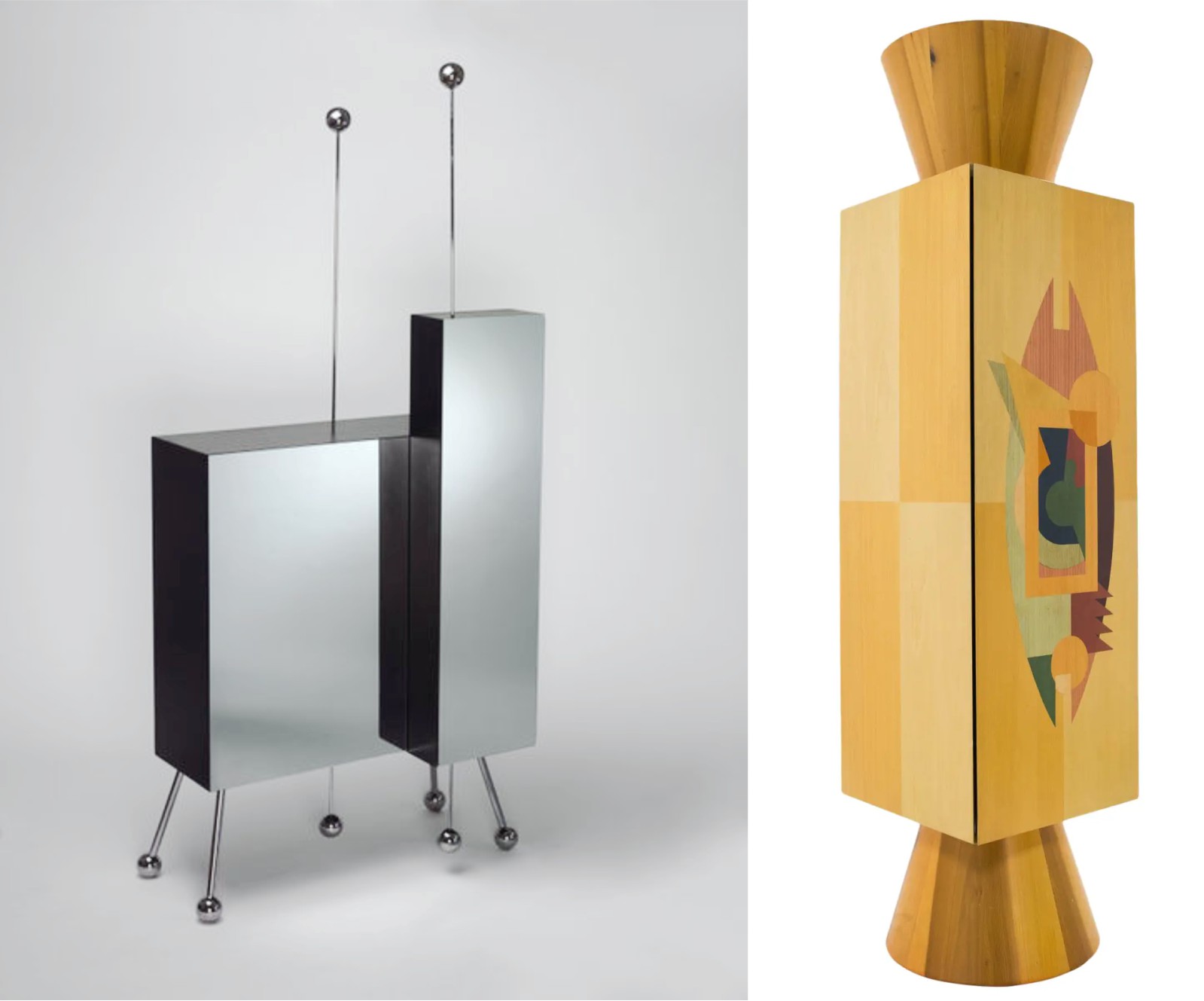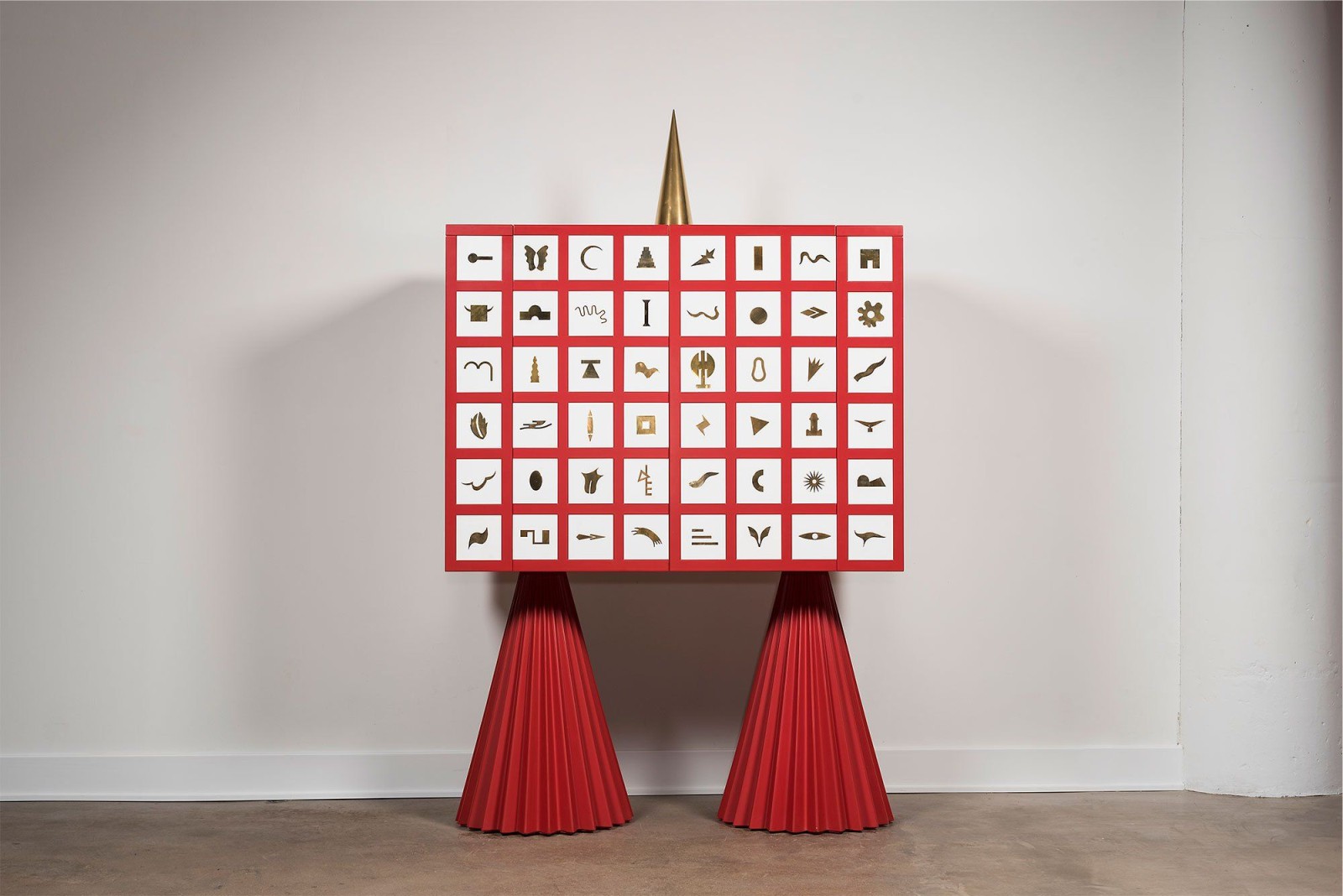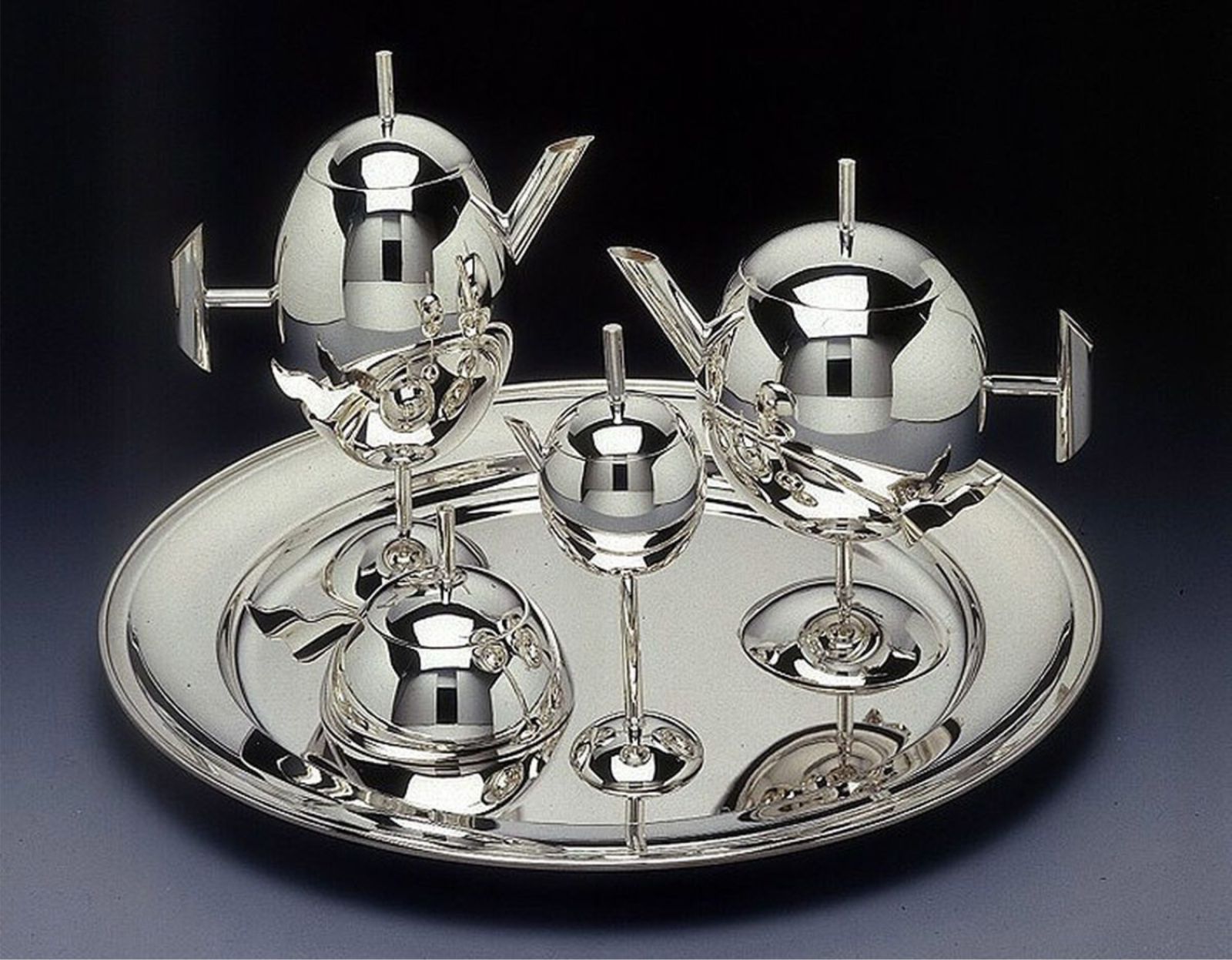One year after the death of one of the greatest designers, Alessandro Mendini (16 August 1931 – 18 February 2019) is considered one of the most influential figures in modern Italian design andand a most important figures of the postmodern movement, banal design, and re-design.
During the 1970’s he helped found movements and research groups such as Global Tools (1973) and Alchimia (1978), togheter Ettore Sottsass and Michele De Lucchi. Founder and director of design magazines Modo (1977-1979) and Ollo (1988-present), he also directed two of the most important Italian architecture magazines, Casabella (1970-1976) and Domus (1979-1985).
As an architect, he designed some buildings as the theater complex “Teatrino della Bicchieraia” in Arezzo; the Forum Museum of Omegna, a memorial tower in Hiroshima and the Groninger Museum in The Netherlands, an post-modernist building consists of three main pavilions designed individually by architects Philippe Starck, Alessandro Mendini, Coop Himmelb(l)au, and was completed in 1994. From the industrial to artisan and self-made, Mendini has solidified his place as a bona fide maestro of Italian design.
Among his most well-known designs are the 1978 Poltrona Kandinsky, a chair with Kandinsky-inspired decoration; the 1979 Poltrona di Proust, an armchair designed in collaboration with artist Franco Migliaccio and with the shape of a baroque chair from 1700s, but painted in pointillist style for Alchimia; the 1978 Kandissi sofa for Alchimia; the 1981 Cipriani liquor cabinet for Memphis; the 1984 Colonna Cabinet for Bruno Gregori; and the 2008 Mania cabinet.
In 1983, Mendini started a long partnership with Alessi, first designing a set for the successful Tea and Coffee Piazza Alessi project, and then developing many other household products often in the form of whimsical anthropomorphic shapes, such as the series of Anna G. corkscrews (launched in 1994), and the the iconic Vaso Viso vase (2001). With regards to the Anna G. corkscrew series, a design inspired by Mendini’s friend the artist and designer Anna Gili.
The historical value of the RAMUN amuleto lamp designed in 2010 is the ring shape that accentuates the strengths of LED, which enhances lighting uniformity. A mix of various colors in the minimalist structure, consisting of circles and straight lines without any spring or wire, inspires human sensibility. Thanks to its beautiful design and superior performance, the lamp is permanently displayed at the Moderne der Pinakothek in Munich, Germany,The Chicago Athenaeum Museum of Architecture and Design, the Groninger Museum in Netherlands, the Design Museum Denmark, DDP in Korea and the Tsinghua University Art Museum in China.










